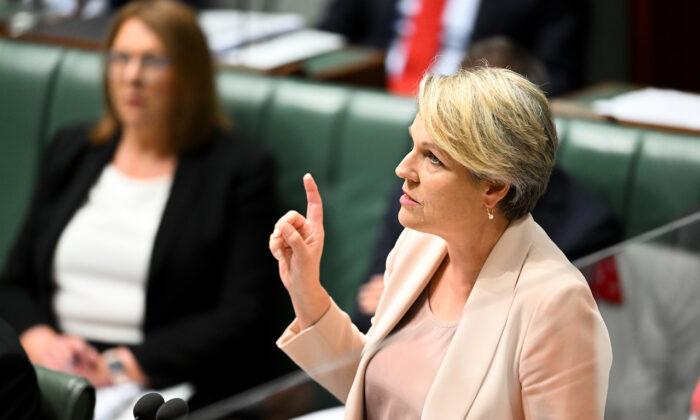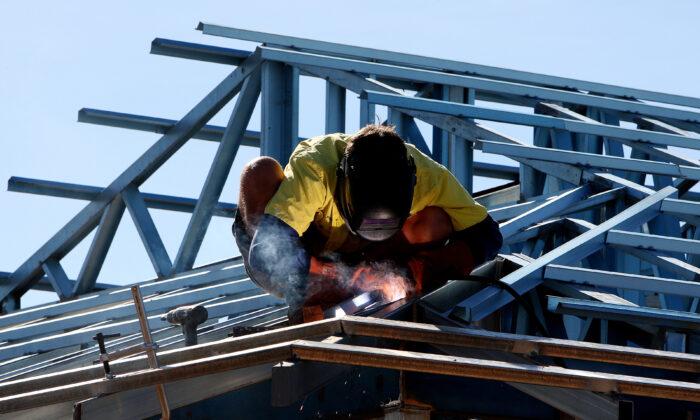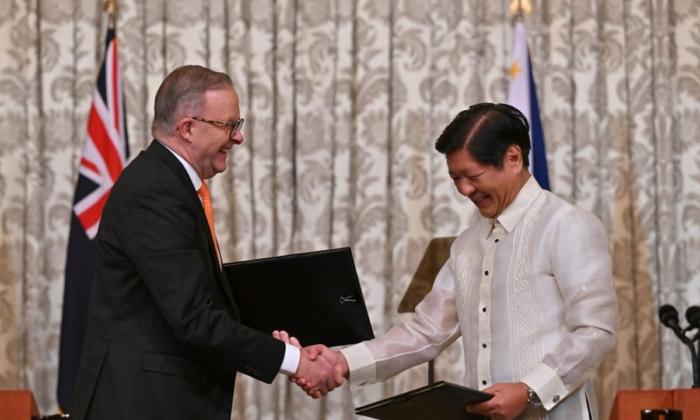The federal government will spend $2 billion on retraining and upskilling Australians so they can get into sectors of the economy with job opportunities, as Australia recovers economically from COVID-19.
It will also establish pathways to further qualifications.
All the courses will be free or low cost in areas of identified need, with the federal government providing $500 million with matched contributions from state and territory governments.
Prime Minister Scott Morrison said that after the unprecedented changes brought about by COVID-19 he wanted Australia to be ready for the sorts of jobs that will come as the country rebuilds the economy.
“The jobs and skills we'll need as we come out of the crisis are not likely to be the same as those that were lost,” said the prime minister.
“JobTrainer will ensure more Australians have the chance to reskill or upskill to fill the jobs on the other side of this crisis,” Morrison said.
Minister for Employment, Skills, Small and Family Business Michaelia Cash, said the “JobTrainer” would be a vital part of the national economic COVID-19 recovery.
Government to Guarantee Thousands of Apprenticeships
“JobTrainer” will also subsidise the wages of thousands of apprentices to ensure they are employed, and their training is secure.Originally only applicable to apprentices of small businesses under the Supporting Apprentices and Trainees wage subsidy, “JobTrainer” will now expand to medium businesses with less than 200 employees for apprentices employed as of July 1, 2020.
The new subsidy will cover up to 50 percent of an apprentice’s wages, or up to $7,000 per quarter.
The extension of the subsidy is estimated to cover around 180,000 apprentices and 90,000 small and medium businesses.
The federal government will also extend the original program by six months to March 2021.
The CEO of Master Builders Australia Denita Warren told The Epoch Times on July 16 that the peak body welcomed the “JobTrainer” apprentice package.
“There is no doubt that the Government’s expansion of the support it announced in March for businesses to keep apprentices in jobs is a great move and very good news for thousands of apprentices in our industry,” said Warren.
“Building and construction have more small businesses than any other industry in the economy and its these businesses that employ apprentices so the government’s new support package is well-targeted.”
When asked if she thought this will encourage younger people into the industry, Warren said Master Builders has long believed that funding for vocational education and training needed to target the skills that young people need and that employers want.
“That’s why we support the approach of JobTrainer to focus on providing skills to young people that will actually lead to a job at the end of the training,” said Warren.
The program will “give the community confidence” and thanks to the government’s successful “HomeBuilder” scheme many businesses will now have physical work for their apprentices to gain practical knowledge, Warran said.
However, Warren noted that further stimulus is likely to be necessary over the next year.





Friends Read Free